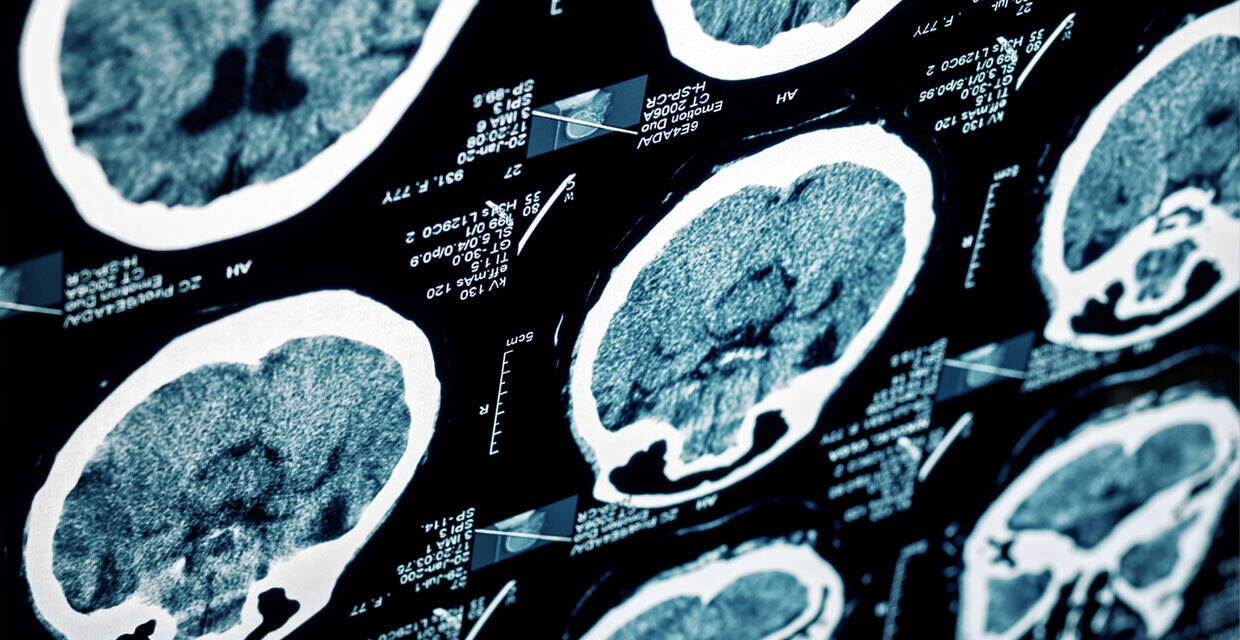Key Points
- Nearly 800,000 Americans suffer a stroke each year, with many unaware of the warning signs. These signs include confusion, numbness, and dizziness, which may manifest as incoherent speech, difficulty walking, or non-use of a limb.
- If you observe someone displaying any of these symptoms, it's crucial to get them to an emergency room as quickly as possible to minimize long-term damage.
- After calling for help, it's important to note down the time the symptoms started, the signs exhibited, the person's medical history, and any prescription medications they might be taking, as this information will be vital to the treating doctors.
- Even if the patient protests, reassure them that urgent care is necessary. It's better to confirm it wasn't a stroke than to wait and find out it was when it's too late for help.
- The acronym "FAST" is a useful way to remember the signs of a stroke: Face (drooping), Arms (can't raise one), Speech (slurred), and Time (move quickly).
Nearly 800,000 Americans suffer a stroke each year, but many people don’t know the warning signs. There are several easy ways to tell if someone is having a stroke, and if you see any of these in a friend or family member, get him or her to an emergency room as quickly as possible to minimize long-term damage.
Confusion
If someone around you seems confused or incoherent when speaking to another person, or is having trouble understanding what someone is saying, it could be a stroke. It is also difficult to speak or walk when having a stroke, so these signs could go along with the confused or dazed expression.
Numbness
This one is not as easy to spot, since it’s hard to tell if someone else’s limbs have gone numb. However, one clear sign is that the person stops using the limb that has gone numb. For example, a stroke victim might be trying to get dressed and have one arm that is at his or her side, not involved in the process at all. One side of the face might also go numb, so watch for drooping eyelids or lips, especially when he or she is trying to speak.
Dizziness
If a loved one suddenly becomes dizzy and has trouble walking or standing upright, this can be a sign of a stroke as well. This can be very dangerous, as a person having a stroke could fall over and hit his or her head, which could potentially cause more damage to the brain. Help the patient move to a safe place to lessen the chance for injury, then call for immediate care.
What to Do
If you see someone having any or all of these symptoms, don’t hesitate to call for help. You could save a life by calling an ambulance or taking the patient to an urgent care center. With strokes, every single minute can make a difference in long-term health effects, so move quickly and don’t wait to see if the symptoms resolve themselves.
Take Notes
The first and most important step is to call for help. Once you have done so, grab some paper and a pen and start writing things down. Make sure to take note of exactly what time the symptoms started, what signs the person exhibited that made you believe it could be a stroke, any information about medical history that you may know (chronic or acute illnesses or diseases, previous surgeries, hospitalizations, etc.), and any prescription medications that he or she might take. This information will be vital to the treating doctors.
Get Help
Even if the patient protests going to the hospital, help reassure him or her that urgent care is going to be crucial in finding out what is wrong. Even if you get there and find out it wasn’t a stroke, it is still much better than waiting and finding out it was when it is too late for help.
If you see any of the stroke warning signs, move “FAST”: F- face (drooping), A- arms (can’t raise one), S- speech (slurred), and T- time (move quickly).
Frequently asked questions
How many Americans suffer a stroke each year?
Nearly 800,000 Americans suffer a stroke each year.What are some warning signs of a stroke?
Some warning signs of a stroke include confusion, numbness, and dizziness. A stroke victim may also have difficulty speaking or walking, and one side of their face or body may go numb.What should you do if you suspect someone is having a stroke?
If you suspect someone is having a stroke, you should get them to an emergency room as quickly as possible. You can also call for an ambulance or take the patient to an urgent care center.How can you tell if someone's limb has gone numb due to a stroke?
A clear sign of numbness due to a stroke is that the person stops using the limb that has gone numb. For example, they might be trying to get dressed and have one arm that is not involved in the process at all.What should you do if a loved one suddenly becomes dizzy?
If a loved one suddenly becomes dizzy, you should help them move to a safe place to lessen the chance for injury, then call for immediate care.What should you do after calling for help for a possible stroke victim?
After calling for help, you should start taking notes about the situation. Write down what time the symptoms started, what signs the person exhibited, any information about their medical history that you may know, and any prescription medications that they might take.What does the acronym "FAST" stand for in relation to stroke symptoms?
In relation to stroke symptoms, "FAST" stands for Face (drooping), Arms (can't raise one), Speech (slurred), Time (move quickly).What should you do if a stroke victim protests going to the hospital?
Even if a stroke victim protests going to the hospital, you should reassure them that urgent care is crucial in finding out what is wrong. It is better to get medical help and find out it wasn't a stroke than to wait and find out it was when it's too late for help.









![7 Reasons to Help Your Loved Ones to Quit Smoking [INFOGRAPHIC]](https://d1kve3ll6vvkpr.cloudfront.net/dir/media/W1siZiIsIjIwMTMvMDkvMDMvMTVfMTRfMDBfMjMwX3RveGljX3RydXRoXzY1MF9zbS5wbmciXSxbInAiLCJ0aHVtYiIsIjgwMHg0MTcjIl0sWyJwIiwiZW5jb2RlIiwianBnIiwiLXF1YWxpdHkgOTUiXV0/file.jpg?basename=7+Reasons+to+Help+Your+Loved+Ones+to+Quit+Smoking+%5BINFOGRAPHIC%5D&sha=ce819e296b7ef542)

